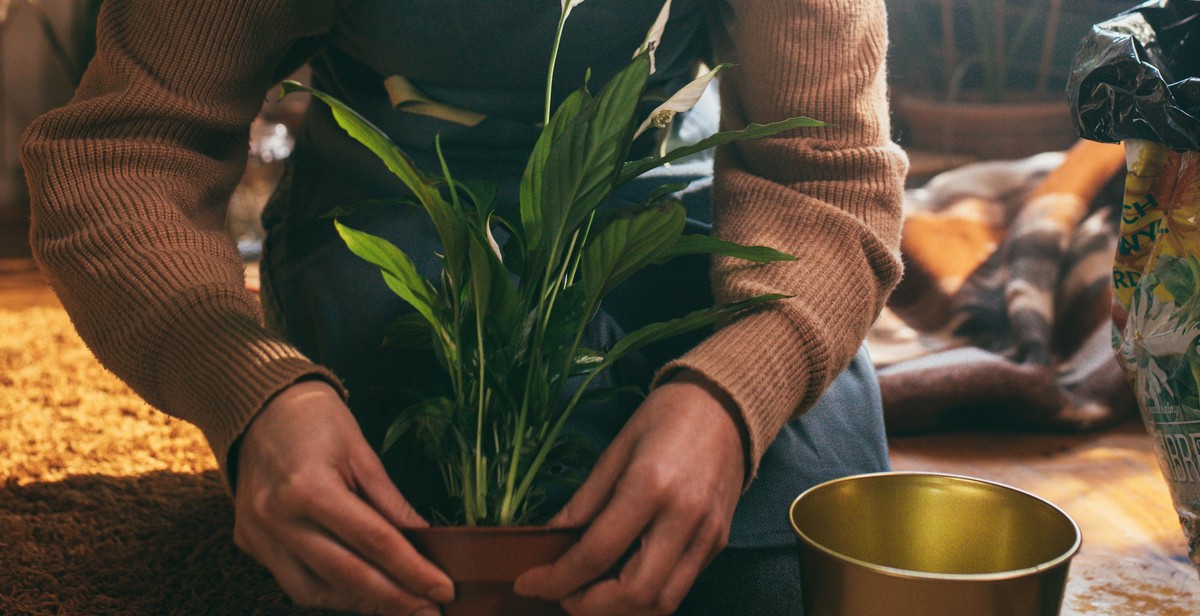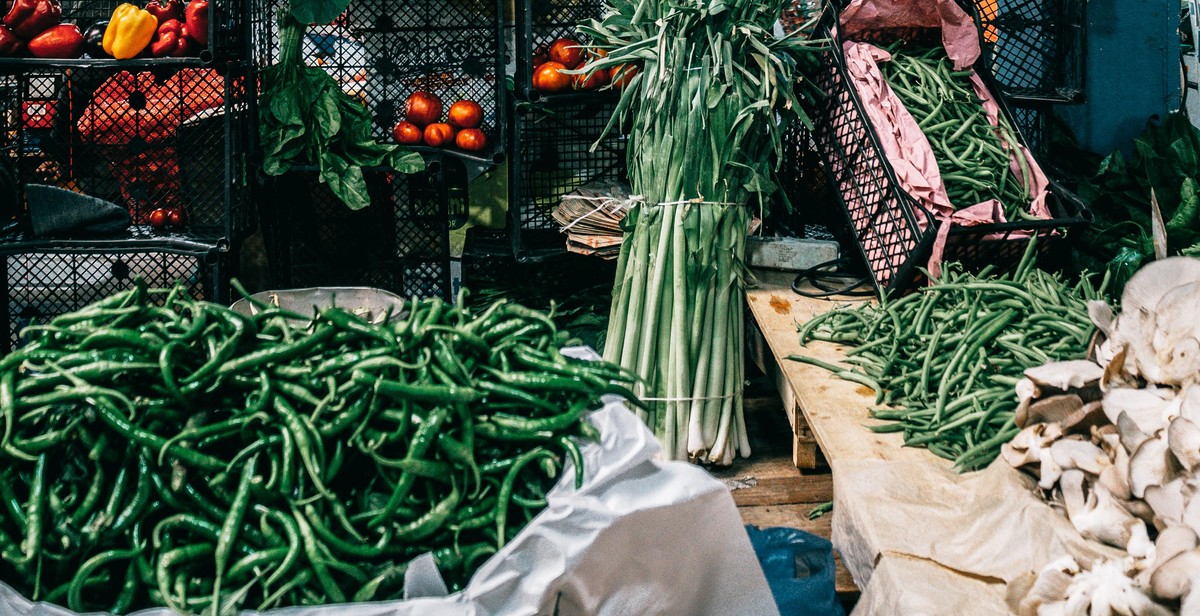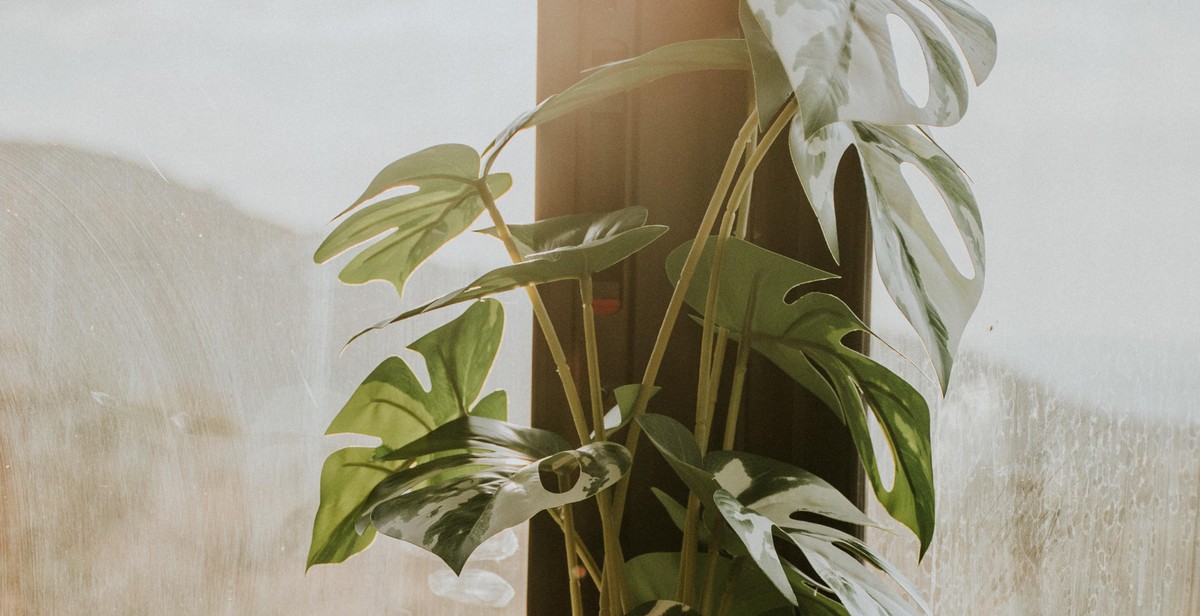How to Start a Thriving Indoor Plant Nursery
Indoor plants have become increasingly popular in recent years as people seek to bring a touch of nature into their homes and workplaces. This trend has led to a growing demand for indoor plants, creating a lucrative opportunity for those interested in starting an indoor plant nursery.
Benefits of Starting an Indoor Plant Nursery
- Low startup costs: Starting an indoor plant nursery requires minimal investment compared to other businesses, making it an accessible option for aspiring entrepreneurs.
- High profit margins: With the right marketing strategy and quality plants, indoor plant nurseries can yield high profit margins.
- Flexibility: Indoor plant nurseries can be operated from home, providing flexibility in terms of work hours and location.
- Environmental benefits: Indoor plants can improve air quality, reduce stress levels, and create a more inviting atmosphere in homes and workplaces.
Steps to Starting an Indoor Plant Nursery
- Research and planning: Conduct market research to identify your target customers and competitors. Develop a business plan and determine your budget and pricing strategy.
- Obtain necessary permits and licenses: Check with your local government to ensure you have the necessary permits and licenses to operate an indoor plant nursery.
- Source quality plants and supplies: Find reputable suppliers for your plants and necessary supplies such as soil, pots, and fertilizer.
- Set up your nursery: Determine the best location for your nursery, set up your growing space, and invest in proper lighting and ventilation.
- Market your business: Develop a marketing strategy to attract customers, such as creating a website, social media presence, and attending local events.
Starting an indoor plant nursery can be a fulfilling and profitable venture for those with a passion for gardening and a desire to start their own business. By following these steps and providing quality plants and customer service, you can create a thriving indoor plant nursery.

Benefits of Starting an Indoor Plant Nursery
Economic Benefits
Starting an indoor plant nursery can be a lucrative business venture. With the increasing popularity of indoor plants, there is a growing demand for a variety of plant species. As a result, you can expect to generate a steady stream of income by selling your plants to individuals, businesses, and even plant shops.
Additionally, indoor plant nurseries require relatively low overhead costs. You can start small and gradually expand your business as you gain more customers. Furthermore, indoor plant nurseries have a low operational cost as they don’t require expensive equipment or a large workforce.
Another economic benefit of starting an indoor plant nursery is that it can create employment opportunities for people in your community. As your business grows, you may need to hire staff to help with tasks such as plant care, sales, and marketing.
Environmental Benefits
Indoor plants provide a wide range of environmental benefits that can positively impact your community. Firstly, they improve air quality by removing harmful pollutants and toxins from the air. This can help to reduce the risk of respiratory problems, allergies, and other health issues.
Indoor plants also help to regulate humidity levels and improve indoor air quality, which can enhance the overall well-being of individuals in the space. Additionally, they can help to reduce noise levels and create a more peaceful environment.
Furthermore, indoor plant nurseries can contribute to the conservation of plant species. By growing and selling a variety of plant species, you can help to preserve plants that may be endangered or at risk of extinction.
In conclusion, starting an indoor plant nursery can provide a range of economic and environmental benefits. By creating a profitable business that promotes sustainability and environmental conservation, you can make a positive impact on your community while generating income.

Research and Planning
Starting an indoor plant nursery can be a lucrative business, but it requires careful planning and research to ensure success. Here are the key areas to focus on:
2.1 Market Research
Before starting an indoor plant nursery, it’s important to conduct thorough market research. This involves identifying potential customers, understanding their needs and preferences, and analyzing the competition. Some key questions to consider during market research include:
- What types of indoor plants are in high demand?
- What price points are customers willing to pay?
- What are the current trends in indoor plant decor?
- Who are the main competitors in the local market?
By answering these questions, you can develop a better understanding of the market and tailor your business accordingly.
2.2 Business Plan
A well-developed business plan is essential for any startup, including an indoor plant nursery. Your business plan should include:
- A description of your business, including your mission statement and target market
- A financial plan, including startup costs, revenue projections, and cash flow analysis
- A marketing plan, including strategies for reaching potential customers
- An organizational plan, outlining the roles and responsibilities of key personnel
A solid business plan will guide your decision-making and help you secure funding from investors or lenders.
2.3 Location and Facilities
The location and facilities of your indoor plant nursery are critical to your success. You’ll need a space that is well-lit, temperature-controlled, and has adequate ventilation. Additionally, you’ll need shelving, tables, and other equipment for displaying and caring for your plants.
When choosing a location for your nursery, consider factors such as foot traffic, parking availability, and proximity to other businesses. You may also want to consider renting a space in a shared retail or co-working environment, which can provide cost savings and networking opportunities.
By conducting thorough research and planning, you can set your indoor plant nursery up for success and ensure a thriving business for years to come.

Selecting Plants to Grow
Starting an indoor plant nursery requires careful selection of plants to grow. Here are some factors to consider when selecting plants:
3.1 Popular indoor plants
Consider growing popular indoor plants that are in high demand. Some of the popular indoor plants include:
- Pothos: This is a hardy plant that can survive in low light conditions. It has beautiful cascading leaves that make it a popular choice for indoor spaces.
- Snake Plant: This plant is known for its air-purifying qualities and is easy to care for. It can thrive in low light and can go for long periods without water.
- Spider Plant: This is a low-maintenance plant that is easy to propagate. It is known for its air-purifying qualities and is a great addition to any indoor space.
3.2 Profitable plants
Consider growing plants that are profitable and have a high demand. Some of the profitable indoor plants include:
| Plant | Price range |
|---|---|
| Orchids | $20-$100+ |
| Succulents | $5-$20+ |
| Bonsai Trees | $30-$200+ |
3.3 Plant care and maintenance
Consider the care and maintenance requirements of the plants you choose to grow. Some plants require more attention and care than others. Ensure you have the necessary resources and expertise to care for the plants you choose to grow. Some of the factors to consider when it comes to plant care and maintenance include:
- Watering requirements
- Light requirements
- Humidity requirements
- Pest and disease control
By considering the above factors when selecting plants to grow, you can ensure that you have a thriving indoor plant nursery that meets the needs of your customers.

Sourcing Materials and Supplies
Starting an indoor plant nursery requires a variety of materials and supplies to keep your plants healthy and thriving. Here are some essential items to consider:
4.1 Potting soil and containers
Choosing the right soil and containers is crucial for the growth and development of your plants. Opt for high-quality potting soil that contains organic matter and nutrients essential for plant growth. Consider using containers made of sustainable materials such as clay or biodegradable materials that can be reused or recycled.
4.2 Fertilizers and pesticides
Plants require essential nutrients to grow and thrive. Fertilizers provide these nutrients and promote healthy growth. Consider using organic fertilizers that are free of harmful chemicals and safe for your plants and the environment. Pesticides may also be necessary to protect your plants from pests and diseases. Opt for natural or organic options to avoid harmful chemicals.
4.3 Tools and equipment
Having the right tools and equipment is essential for maintaining a healthy indoor plant nursery. Basic tools such as pruning shears, watering cans, and gardening gloves are necessary for day-to-day tasks. Consider investing in specialized equipment such as grow lights, humidifiers, and fans to create optimal growing conditions for your plants.
| Materials and Supplies | Where to Source |
|---|---|
| Potting Soil | Local garden centers, online retailers |
| Containers | Local hardware stores, online retailers |
| Fertilizers | Local garden centers, online retailers |
| Pesticides | Local garden centers, online retailers |
| Tools and Equipment | Local hardware stores, online retailers |
By sourcing high-quality materials and supplies, you can ensure the success of your indoor plant nursery. Consider purchasing from local suppliers to support your community and reduce your carbon footprint.

Marketing and Sales
Starting a thriving indoor plant nursery requires effective marketing and sales strategies. Here are some key areas to focus on:
5.1. Branding and Packaging
Your branding and packaging play a crucial role in attracting customers and building a positive reputation for your indoor plant nursery. Your branding should reflect your values, mission, and unique selling proposition. Your packaging should be visually appealing, informative, and eco-friendly.
5.2. Sales Channels
You need to identify the most effective sales channels for your indoor plant nursery. Some of the popular sales channels for indoor plant nurseries include:
- Online marketplaces like Amazon, Etsy, and eBay
- Your own e-commerce website
- Retail stores and garden centers
- Farmer’s markets and pop-up shops
It’s important to evaluate the pros and cons of each sales channel and choose the ones that align with your business goals and target audience.
5.3. Customer Service
Providing excellent customer service is crucial for retaining customers and building a loyal customer base. Here are some tips for providing top-notch customer service:
- Respond promptly to customer inquiries and concerns
- Be knowledgeable about your products and provide helpful advice
- Offer flexible and hassle-free return and exchange policies
- Solicit and act on customer feedback to improve your products and services
By prioritizing customer service, you can differentiate yourself from competitors and create a positive reputation for your indoor plant nursery.

Conclusion
Starting an indoor plant nursery can be a very rewarding and profitable venture. With the increasing demand for indoor plants, there is a huge potential for growth in this industry. However, it is important to remember that running a successful indoor plant nursery requires hard work, dedication, and attention to detail.
The first step in starting an indoor plant nursery is to research and plan your business. This includes determining your target market, identifying your competition, and creating a business plan. Once you have a solid plan in place, you can begin to source your plant material, set up your growing space, and start marketing your business.
To ensure the success of your indoor plant nursery, it is important to provide high-quality plants and exceptional customer service. This includes properly caring for your plants, offering a variety of options for your customers, and being knowledgeable about the plants you are selling.
Additionally, implementing sustainable practices such as using organic fertilizers and reducing waste can help set your indoor plant nursery apart from others in the industry.
By following these steps and staying committed to your business, you can create a thriving indoor plant nursery that not only benefits your customers but also contributes to the health of the environment.
